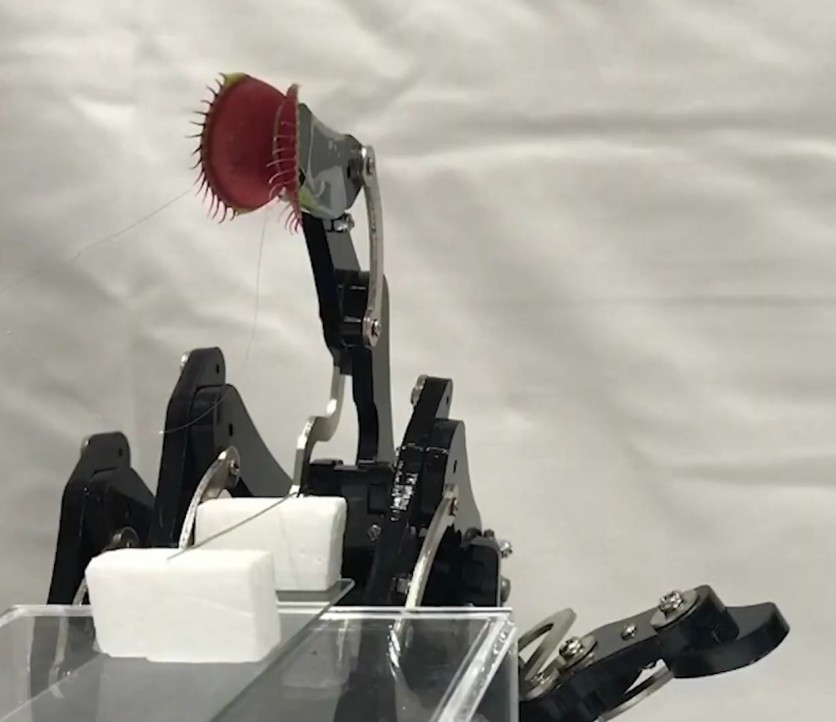Talking to plants is only possible in TV shows that we watch and fantasy stories that we read. This time, science has intervened in the biological capability of plants and you can now communicate with them through the transmission of electrical signals.
Wait, You Can Now Talk to Plants?

Researchers from Nanyang Technological University in Singapore (NTU SG) created a device that could send electrical signals from the subject. The scientists came up with their discovery of the new technology, which can be used on plants, The Star reported.
The development of the device started by connecting an electrode to the plant's surface. During the experiment, researchers specifically used a Venus flytrap. It will be possible through the hydrogel, which is commonly used in treating wounds and burns due to its cooling effect.
The scientists then set two goals: the first goal is to identify the responses of the plant to its environment through the electrical signals, and the second is to send the signals back to the plant using a simple command.
For decades, experts know that plants are suited for electrical signal transmission with their ability to feel how the environment behaves around them. The Singaporean team from Nanyang Tech has already calculated that the discovery could open another possibility for scientific purposes.
For instance, the researchers could rely on plants to construct a robot out of it by gathering organic materials. Moreover, early detection of diseases in crops could result in high food security for us humans. All this can be done by sending electrical signals back and forth.
Read Also: Hybrid Robot Can Now Hear Using Dead Locust's Ear, Can Move Upon Interpreting Sounds
What's The Problem with the Electrical Signals?

While electrical signals are feasible to be used for the experiment, a good electrode contact with the plant's surface should be accomplished because the reception of these impulses is weak.
When the plant surfaces are waxy or rough, a thin electronic device will not be installed easily. This device will be responsible for the strong connection of the signal.
Through the use of thermogel, there's no need to worry about the plant's surface since the sticky liquid can transform into a gel at room temperature. This special type of gel will also boost the signal reception regardless of the movement of a particular plant in its environment.
The test technique called electrocardiogram or ECG was used by the NTU scientists. In humans, this is usually utilized when identifying the heart's underlying abnormalities by measuring its electrical activity.
Applying the same method to plants, the researchers attached the communication device to the Venus flytrap's surface. The said plant is a carnivorous type of plant which makes use of its petals that act as its mouth. When a prey lands on one of them, it will snap shut on an insect, for example.
Scientists said that the 3mm device would not pose any adverse effects on plants, which will help detect the electrical impulses that are sent. To transmit the signals, a smartphone acts as a channel to send them to the device. In the experiment, in only 1.3 seconds, the Venus flytrap locked its leaves as instructed by the researchers.
Meanwhile, the team used the device and the smartphone while the plant is connected to the robotic arm. The Venus flytrap now picked the response to get a small wire when its leaf closes.
The study was entitled "A Venus-flytrap-based actuator," which is published in the Nature Electronics journal. The discovery is only the start of a possibility that technology can integrate with botany.
This article is owned by Tech Times.
Written by Joen Coronel
ⓒ 2026 TECHTIMES.com All rights reserved. Do not reproduce without permission.




